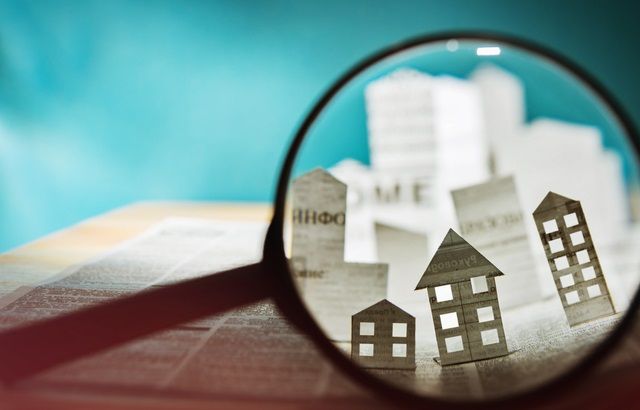Real estate could prove resilient to the coronavirus crisis if a nation’s gross domestic product (GDP) is not overly affected, a scenario analysis has shown.
Non-profit think tank 2° Investing Initiative (2ii) recently published a discussion paper titled Stress-testing covid-19, which provides a simulation of potential losses on banks’ and insurers’ balance sheets under six different scenarios over the next 36 months.
Jakob Thomä, managing director of 2ii and author of the report, explained that the model has shown that “not all negative GDP shocks actually pass through into real estate prices”.
“Traditionally, real estate shocks have been relatively limited in the context of health pandemics,” he continued, this is because real estate is less sensitive to lower or negative population growth.
The big exception, however, was the financial crisis, which was inherently a subprime mortgage crisis causing the recession, he added.
Thomä also highlighted that the covid-19 model was based on past literature but was limited in the fact that there have never before been nationwide lockdowns.
“And this is also important in the sentiment analysis, we have no role model for these economic lockdowns,” he said, which makes the analysis more challenging.
Real estate as saviour
The real estate sector, banks and the financial crisis are also deeply intertwined, according to Thomä.
If real estate proves to be robust, banks would remain resilient, which could avert a financial crisis, as well as the other way round.
“The big question mark will be what happens to real estate and that will drive a lot of the dynamic […],” he said.
The methodology of the scenario is based on simple assumptions around the supply shock to labour due to mortality and sick days, the demand shock due to mortality as well as changes in sentiment and policy interventions, and then concludes with GDP effects.
There are three key elements in the simulation:
- The actual evolution of the virus itself in terms of its effect on public health and the subsequent implications for economic activity, the ‘health effect’;
- The ‘sentiment effect’ of the virus in terms of investment and consumption patterns; and
- The ‘policy response’ both in terms of monetary and fiscal policy that either offsets or aggravates the first and second component.
The model assumes a health effect consisting of the penetration of covid-19 and its mortality, amplified or mitigated by a sentiment effect and a policy response.
As of now, the stress-test scenario is not able to simulate aggravated effects from unemployment.
Charts
The shocks are modelled according to five potential outcomes:
– Benign: involving low penetration and low mortality;
– Malign: involving high penetration and high mortality;
– Managed: involving low sentiment effects and aggressive policy responses;
– Unmanaged: involving high sentiment effects and limited policy response; and
– Aggravated: involving high sentiment effects and isolationist policy responses.
The table below summarises the six scenario combinations.

Both the malign & managed and the malign & aggravated scenarios reveal higher shocks across comparable indicators than traditional stress test scenarios by the European Systemic Risk Board (ESRB) – with the exception of real estate (see chart below).

The report also raised the question to which extent past stress-test exercises can be used as an indicator for whether the banking or insurance sectors are prepared for the crisis.
Traditional stress-tests, the report said, assume defaults and losses at asset class level and are not able to identify micro-prudential sector- or risk-specific issues.
The modelling by 2ii builds on the scenario analysis concept and toolbox for climate stress-test scenarios.
The think tank previously partnered with the California Insurance Commissioner, the Bank of England and the European Insurance and Occupational Pensions Authority (EIOPA) to develop these.










